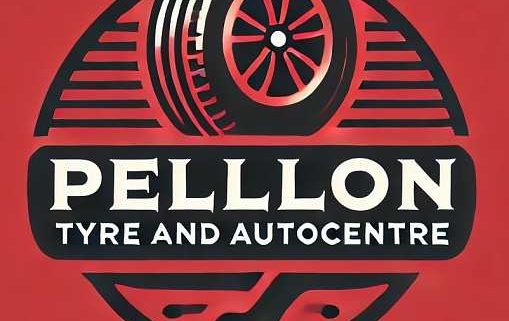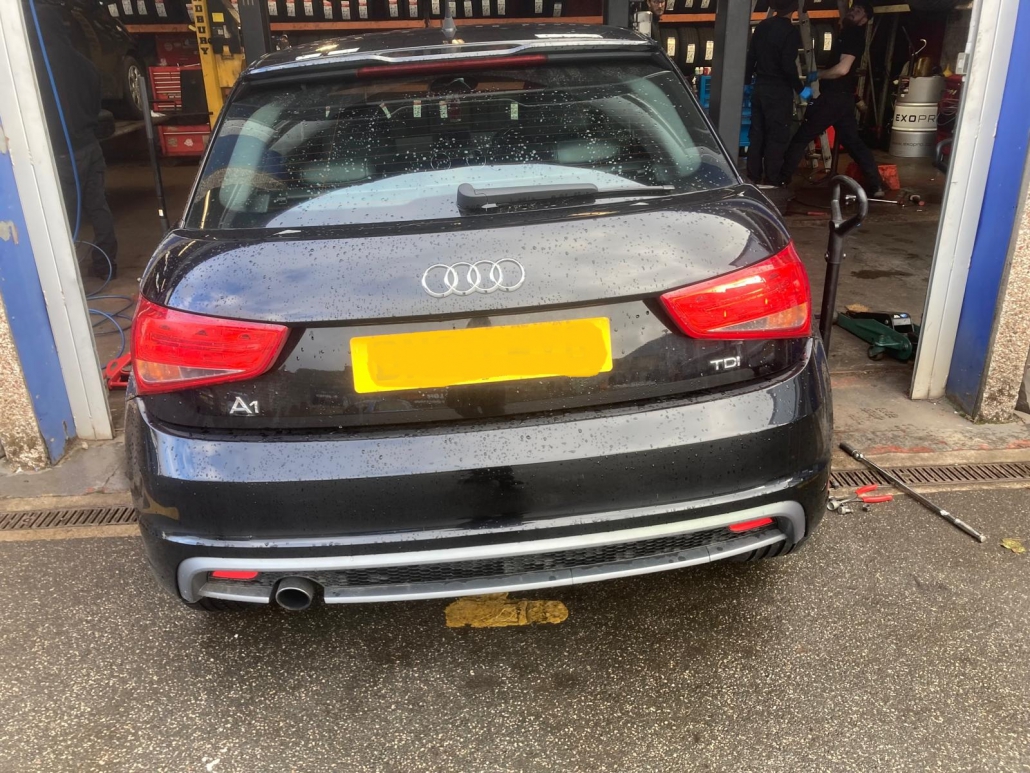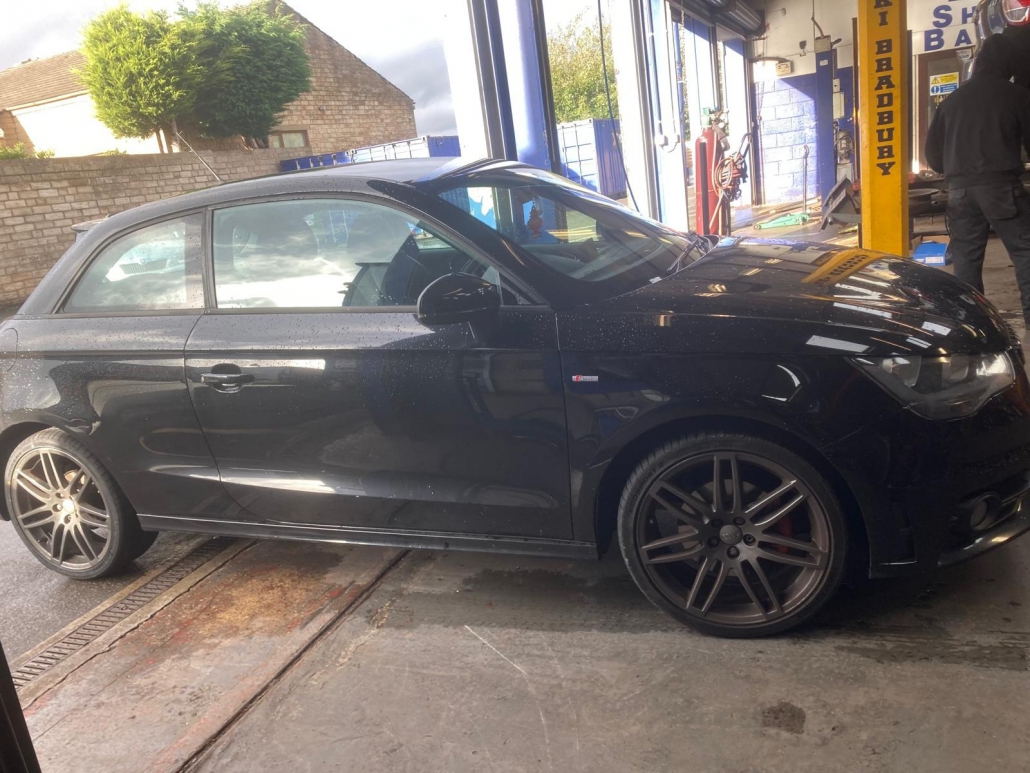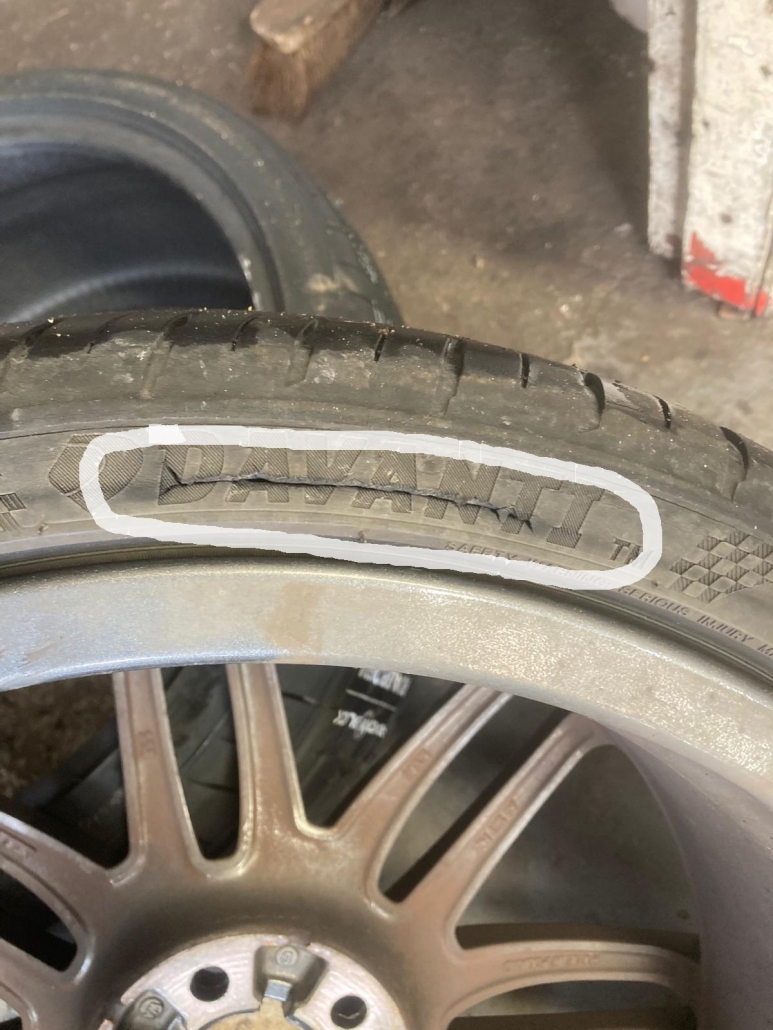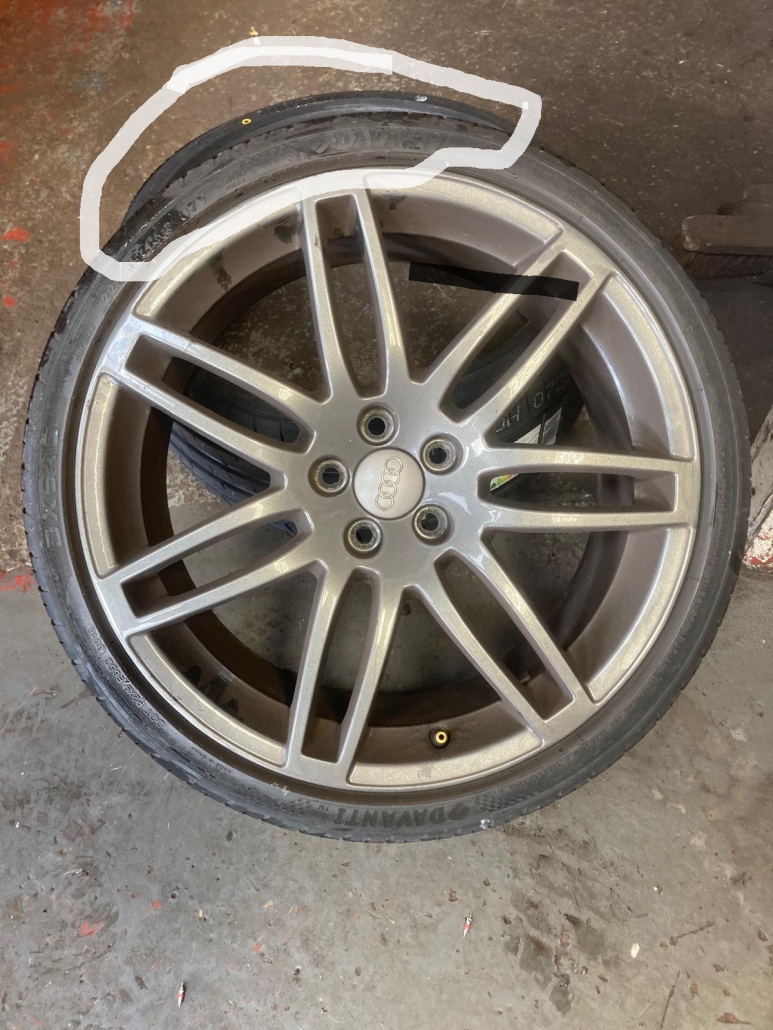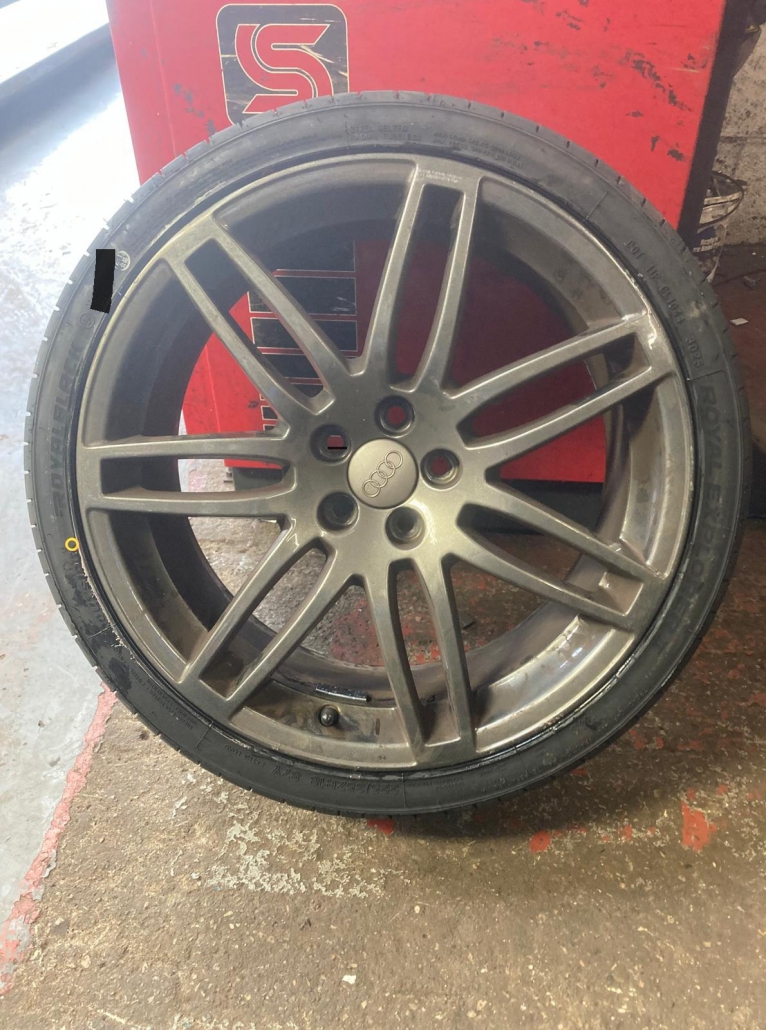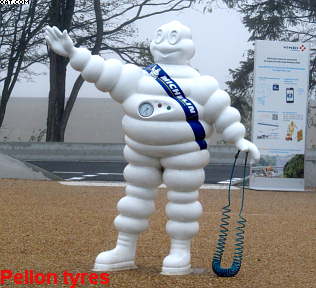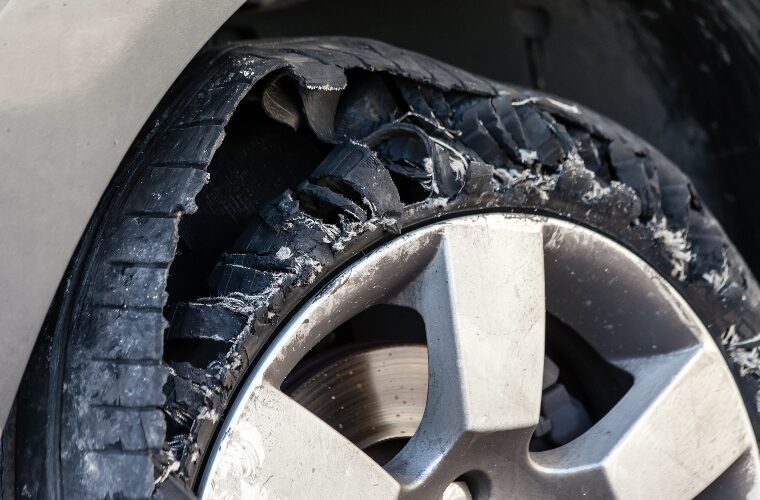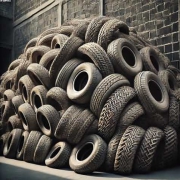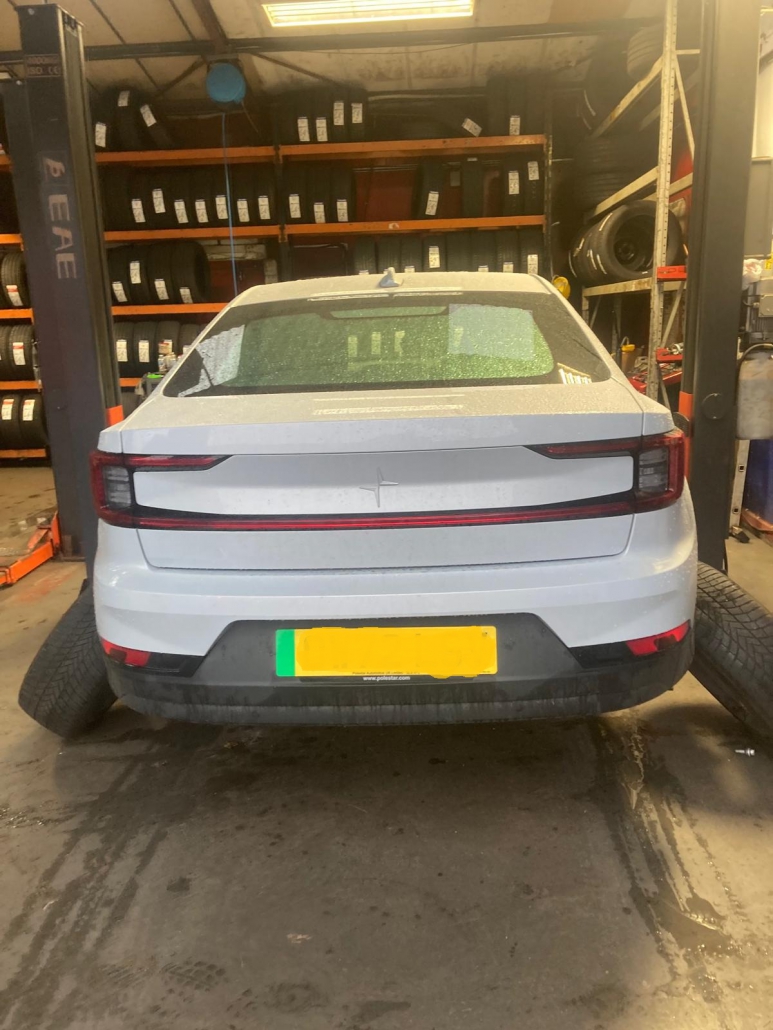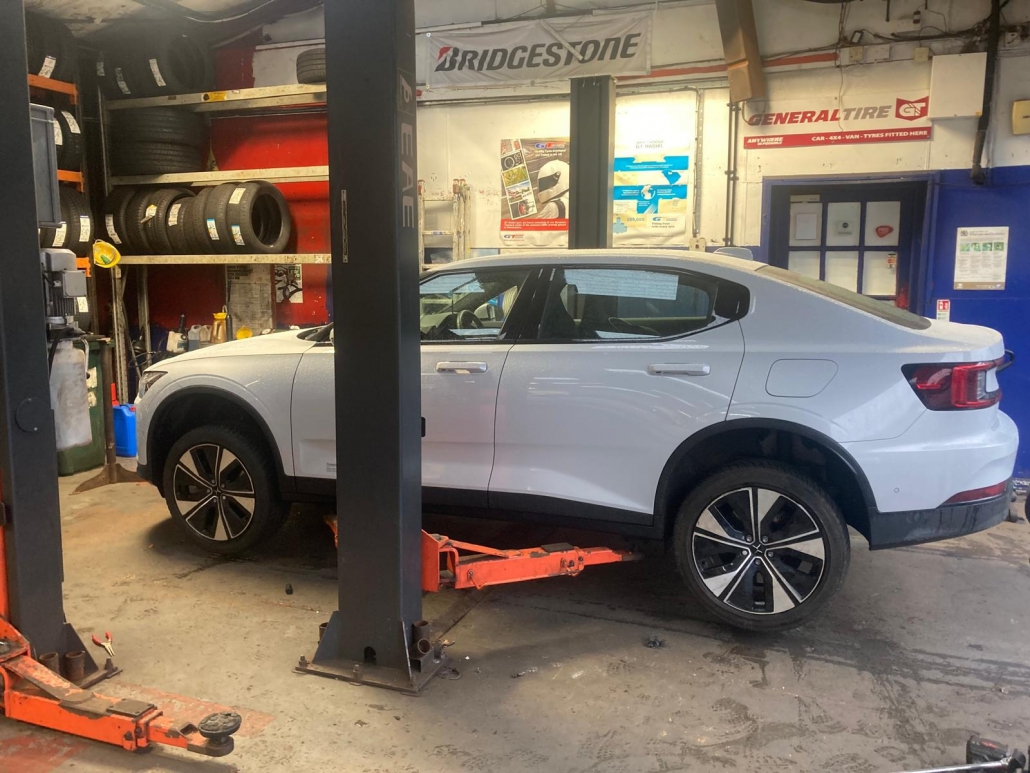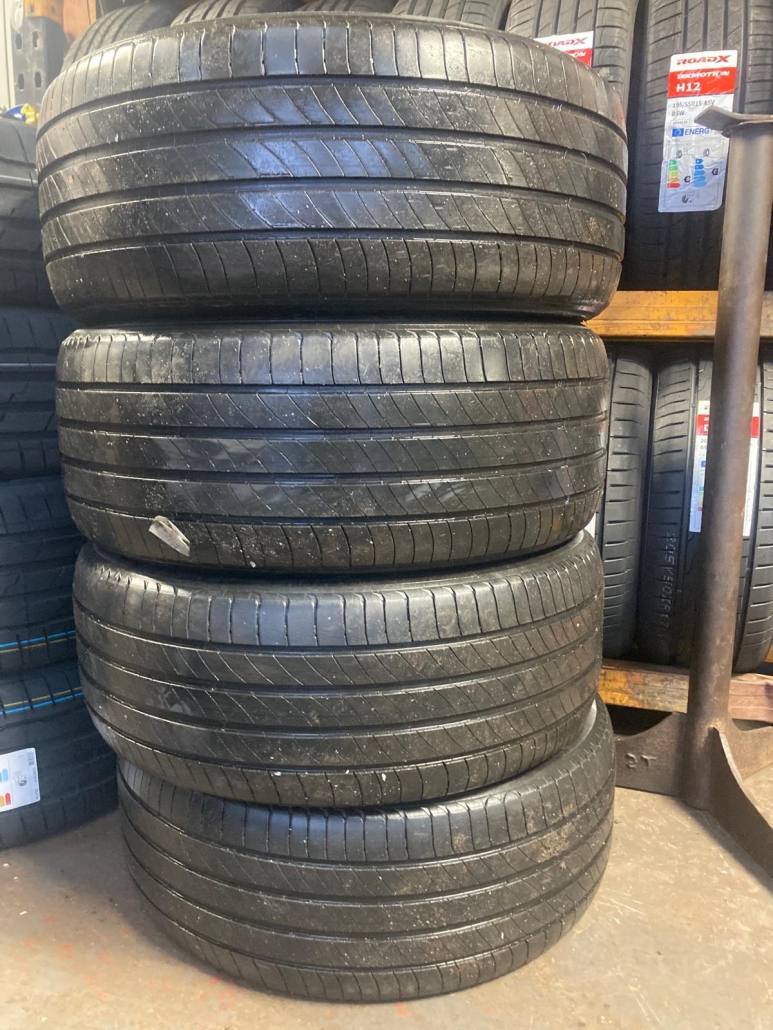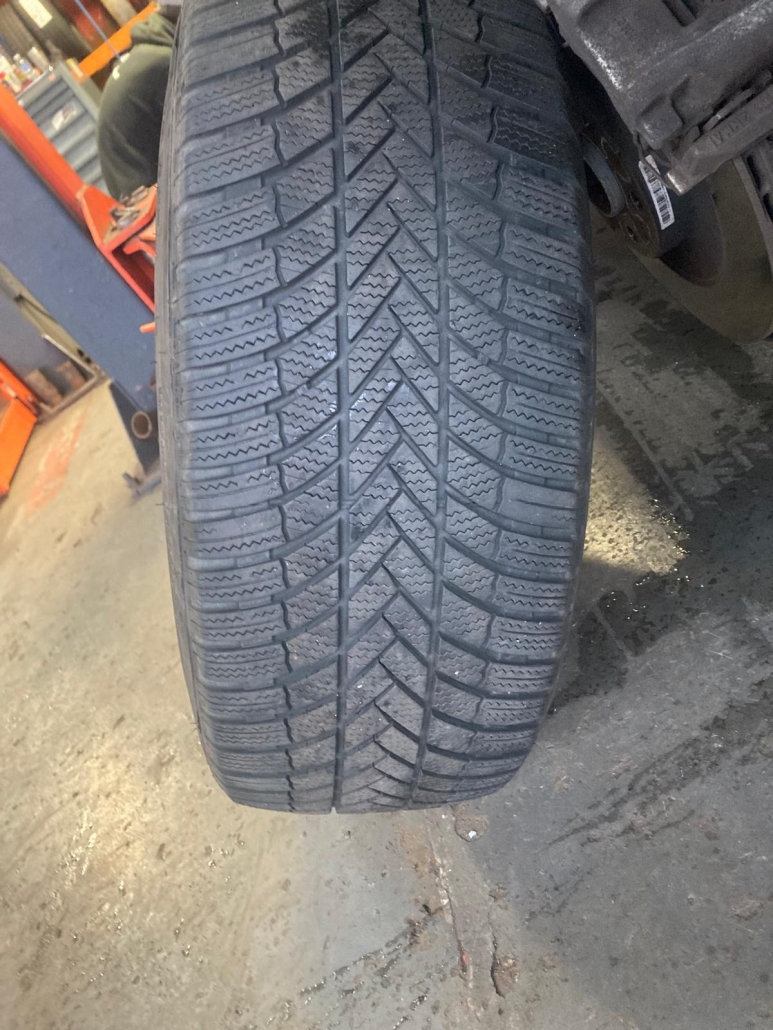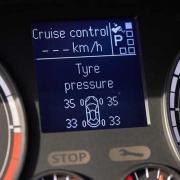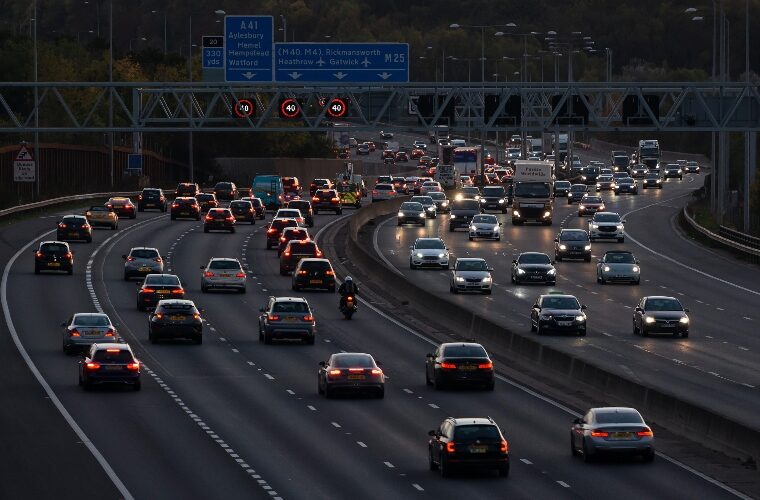BMW X3 For New Pirelli P7 Fitting
Table of Contents
BMW X3 For New Pirelli P7 Fitting
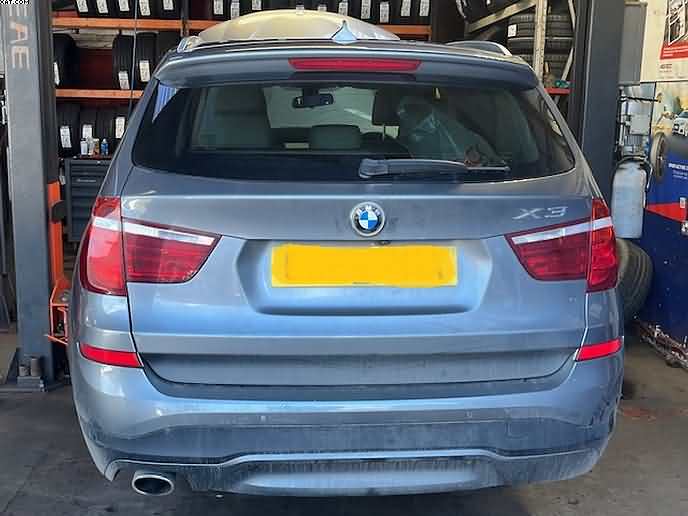
BMW X3 For New Pirelli P7 Fitting
Pellon Tyres in Halifax Installs New Pirelli P7 Tyres on a BMW X3
From little city automobiles to luxurious 4x4s, we see a wide variety of vehicles pass through our garage doors at **Pellon Tyres in Halifax**. A **BMW X3** that came in for a pair of **Pirelli Cinturato P7 tyres** was one of our most recent projects; it’s a good option for a high-end SUV like this.
Let’s quickly examine what makes the **BMW X3** such a well-acclaimed car and explore why the **Pirelli P7** is an excellent tyre for the job.
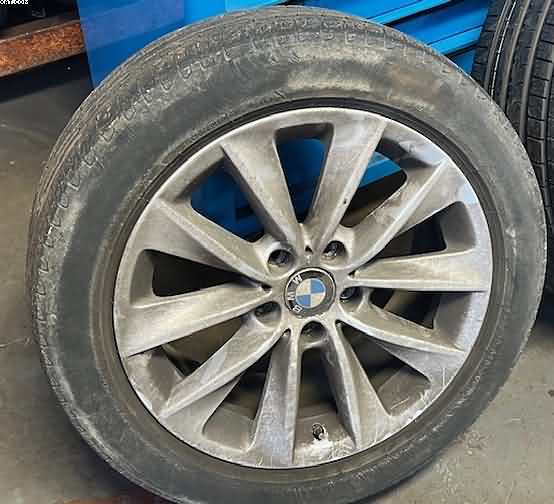
The Task: Installing Pirelli P7 on a BMW X3
The client had noticed a decrease in handling and grip, especially when the weather was wet. Instead of waiting for the situation to worsen, they made the decision to replace their **front tyres** since they were beginning to exhibit wear. Well done!
We suggested the **Pirelli Cinturato P7** after a brief examination since it is a **perfect match for the BMW X3** and offers a blend of **performance, comfort, and fuel efficiency**. We made sure the pressures were perfect, installed the new tyres and performed a **wheel balance check**. With more grip and a much smoother ride, the change was **instantaneous**.
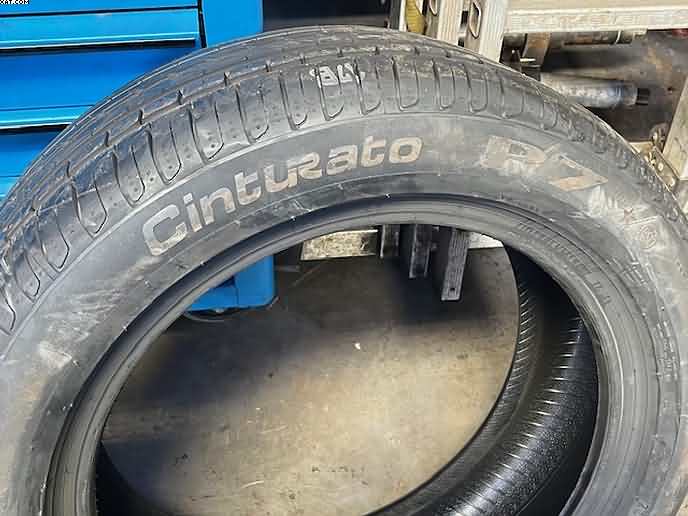
The Pirelli Cinturato P7: A Tyre Designed for Comfort and Performance
A great option for cars like the **BMW X3**, the **Pirelli P7** is a high-end tyre made for **high-performance saloons and SUVs**. This is why it is unique:
1. Outstanding Grip in Both Wet and Dry Conditions The P7 offers **excellent traction in all conditions** because to Pirelli’s sophisticated tire compound and refined tread pattern. This tire stands up nicely on both dry summer roads and Halifax’s typical **wet and windy weather**.
2. Decreased Resistance to Rolling The P7’s **fuel efficiency** is one of its main selling factors. With today’s gasoline prices, we may all benefit from the tread design’s ability to lower rolling resistance and improve miles per gallon!
3. Comfort and Low Noise – On lengthy travels, no one wants to listen to the constant din of the road. A quieter and more comfortable ride is the result of the P7’s design to **reduce cabin noise**.
4. Longevity – Pirelli designed this tyre to **wear evenly**, extending its lifespan and reducing the need for early replacements. Good news for everyone looking to save money!
The **Pirelli P7 is a great option for SUV owners** who desire **performance, safety, and durability** in one package because of these attributes.
The BMW X3 is a high-end SUV that is located in Halifax.-BMW X3 For New Pirelli P7 Fitting
Since its launch in **2003**, SUV drivers have been choosing the **BMW X3**. It’s one of those vehicles that looks as nice parked outside a posh hotel as it does navigating the twisting country roads of **West Yorkshire**, combining **luxury, utility, and performance**.
Among the X3’s notable characteristics are:
The X3 is a fantastic choice for drivers who seek performance without sacrificing practicality because it drives like a fast saloon**, in contrast to many SUVs that feel heavy and slow.
BMW’s xDrive system provides the X3 with exceptional traction in all weather thanks to its **xDrive All-Wheel Drive**. The **X3 stays planted** whether it’s a rainy run along the M62 or a chilly Halifax morning.
BMW is renowned for its luxurious interiors, and the X3 is no different. Comfortable seating, a user-friendly dashboard, and plush materials make it a **pleasure to drive**.
PowerfulEngines – Thee X3 has a variety of engines to fit all kinds of drivers, from strong petrol engines to economical diesels. For improved fuel efficiency, the more recent versions even come equipped with hybrid technology.
With its practicality, style, and ability to perform well in the frequently unpredictable Yorkshire weather, it’s simple to understand why **Halifax drivers enjoy the BMW X3**. To get the most performance out of it, though, it requires **quality tyres**, which is where the **Pirelli P7** comes in.
The Value of Selecting the Correct Tyres-BMW X3 For New Pirelli P7 Fitting
Many drivers don’t realise how much of a difference excellent tyres make. Having the proper tyres may **transform** your driving experience, regardless of whether you drive a Range Rover, Audi Q5, or BMW X3.
Even wear equals greater value for money. **A smoother ride makes every travel more comfortable.** – **Greater grip means safer handling.** – **Lower rolling resistance saves fuel.**
Don’t wait until yourtyress are **beginning to wear** before they become a safety concern. We have a variety of **premium and cheap tyres** in stock at **Pellon Tyres in Halifax** to meet every demand. We can provide you with a more cost-effective option or high-end performance like the **Pirelli P7**.
Concluding Remarks: BMW X3 + Pirelli P7 = A Successful Pair-BMW X3 For New Pirelli P7 Fitting
With a brand-new set of Pirelli P7 tyres, this **BMW X3** departed our garage, providing the customer with **greater grip, better efficiency, and a smoother ride**. They were satisfied when they departed, and we were thrilled to restore another fantastic car to its peak condition.
Visit **Pellon Tyres** if you’re in **Halifax or the nearby areas** and require **new tyres, wheel balancing, or a check-up**; we’re always pleased to assist!
- MOT fraud is on the rise
- Honda Jazz for Servicing
- Discovery fits Landsail Tyres
- Motorhome Tyres
- Vauxhall Vectra Air Conditioning Problems?
